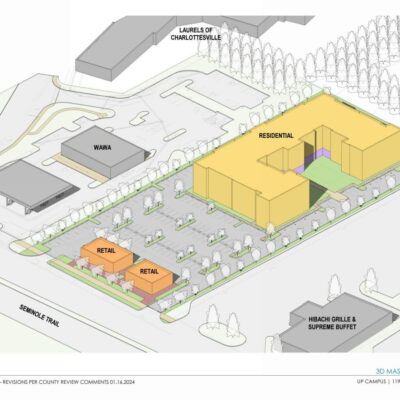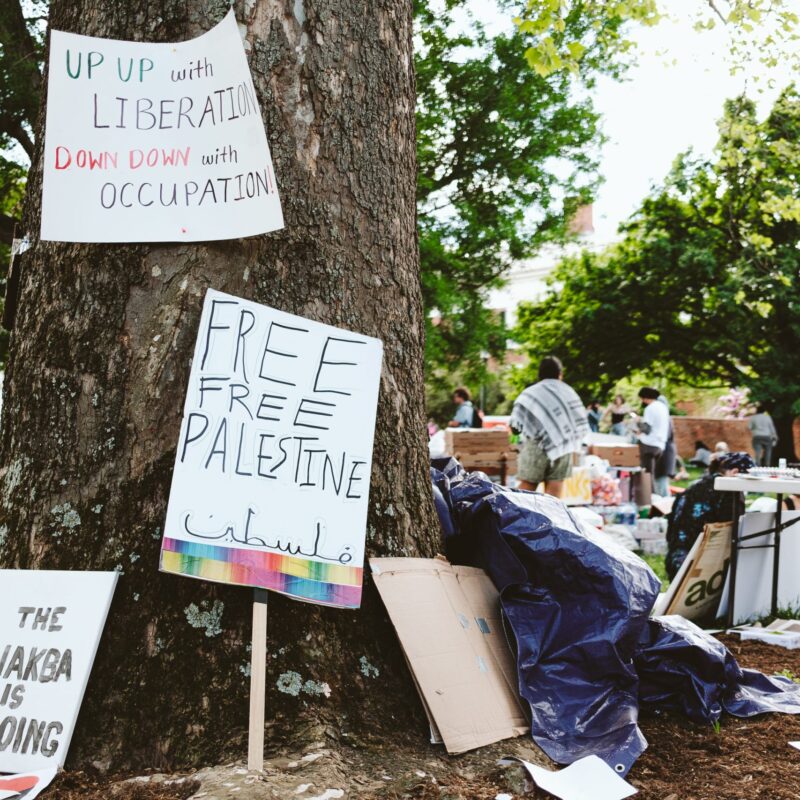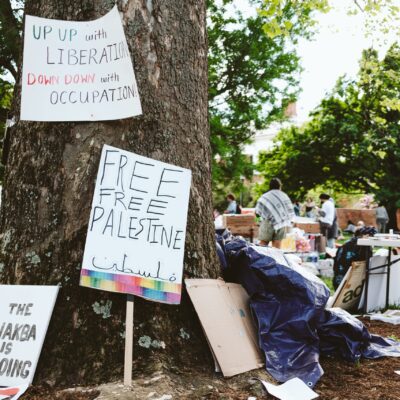A “Carpenter Gothic” style home sits at 208 Hartman’s Mill Road, restored to all its late 19th century glory. The Nimmo House, named after its builder and master carpenter James D. Nimmo, was constructed in the 1870s, remodeled in the 1880s—and eventually left vacant. Howard and Linda Carey purchased the home in 1994 with the intention of razing it. But after consulting with historian Aaron Wunsch, the Careys decided to renovate.
|
Howard and Linda Carey were on the verge of tearing down the Nimmo House. After renovating it, they loved it so much they moved in. |
“Nimmo is the poster child for this successful melding of the uniquely old, affordability, and sustainability,” says Justin Sarafin, vice president of Preservation Piedmont and project coordinator at Monticello. “It’s from that house that the notion of the first exhibition of Preservation Week came from.”
On Friday, April 3, the first ever Preservation Week will kick off at the Charlottesville Community Design Center with an opening exhibition called “Preserving Place = Sustaining Community.” Sarafin and Eryn Brennan, president of Preservation Piedmont and senior planner for the county, created a week-long dialogue on sustainability, green buildings and historic preservation.
The Nimmo House is one of the local preservation successes (as opposed to the now demolished Beta House). But it is the process of how it got to where it is today that is of great importance, says Wunsch.
The Careys, who owned a 1970s home next door, bought the Nimmo House with plans of tearing it down and building a newer structure for their daughter. But Wunsch convinced the couple to rehabilitate the old building. At project completion, they were so enamored with the new residence, they kept it for themselves.
“From the outside, it may look like a fairly ordinary looking house,” says Wunsch. But on the inside, James Nimmo created what is believed to be a showroom for his woodwork: quatrefoil cutouts and pointed windows are just a few of the home’s iconic features.
The Nimmo House didn’t go unnoticed. In 2007, the Thomas Jefferson Branch of the APVA/Preservation Virginia gave it the Private Preservation Project of the Year Award. Most recently, the city Planning Commission proclaimed the house the 2009 Outstanding Sustainable Development.
But Nimmo is successful for many other reasons. “The general conception that the public has is that when you build a structure, it will be more efficient,” says Sarafin. Yet, after the restoration, the Careys are seeing their utility bills approximately 50 percent lower. “It goes to show that the greenest building is one that is already built,” says Brennan.
The main goal of Preservation Week is to highlight and educate people on what historical resources are present in each neighborhood and the tools to protect them. The city has eight local historical districts, protected by historic preservation ordinances, as well as close to 80 individually protected properties.
“Preservation can act as a buffer in mitigating policies that allow residents to check the development and demolition in their neighborhoods,” says Brennan.
The week will also feature lectures by national speakers and a workshop aimed at realtors who want more expertise in historic properties.
“I think the time is so brilliantly right,” says Sarafin. “Developers are not building and there is going to be a real push to utilize what’s here. And this is the way of making the importance of what’s here apparent.”
C-VILLE welcomes news tips from readers. Send them to news@c-ville.com.






